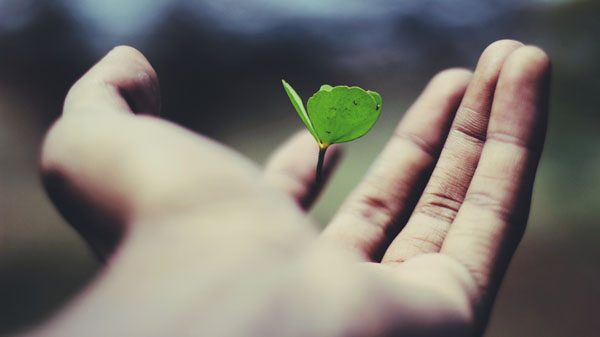Growing a Plant: A Beginner’s Guide
As someone who has always been fascinated by nature, I’ve always wanted to have my own little garden. However, I was always hesitant to start because I thought it would be too difficult. But then I realized that growing a plant is not as hard as it seems. With a little bit of patience and some basic knowledge, anyone can grow a plant.
The first step to growing a plant is choosing the right one. There are so many different types of plants out there, each with their own unique needs and requirements. For beginners, I recommend starting with something simple like a succulent or a small herb like basil or parsley.
Once you’ve chosen your plant, it’s important to understand what kind of environment it likes. This will help you provide the right conditions for your plant to thrive. For example, succulents like dry, well-drained soil and plenty of sunlight, while herbs like basil and parsley prefer moist soil and partial shade.
One of the most important things to keep in mind when growing a plant is watering. Overwatering can be just as harmful as underwatering, so it’s important to find the right balance. Most plants prefer to be watered when the top inch of soil is dry to the touch. However, this can vary depending on the type of plant you have, so be sure to do your research.
Another key factor in growing a plant is sunlight. Most plants need at least six hours of sunlight a day to grow properly. However, some plants like succulents and cacti can tolerate less sunlight, while others like herbs prefer partial shade. If you’re growing your plant indoors, make sure to place it near a window that gets plenty of sunlight.
In addition to water and sunlight, plants also need nutrients to grow. This is where fertilizer comes in. There are many different types of fertilizer available, but for beginners, I recommend starting with a general-purpose fertilizer. This will provide your plant with the basic nutrients it needs to grow.
Finally, it’s important to monitor your plant for any signs of trouble. This includes yellowing leaves, wilting, or pests. If you notice any of these signs, take action immediately. This could mean adjusting your watering schedule, moving your plant to a different location, or treating it with a pesticide.
Growing a plant may seem daunting at first, but with a little bit of patience and some basic knowledge, anyone can do it. Just remember to choose the right plant for your environment, provide it with the right amount of water and sunlight, and monitor it for any signs of trouble. Happy growing!




